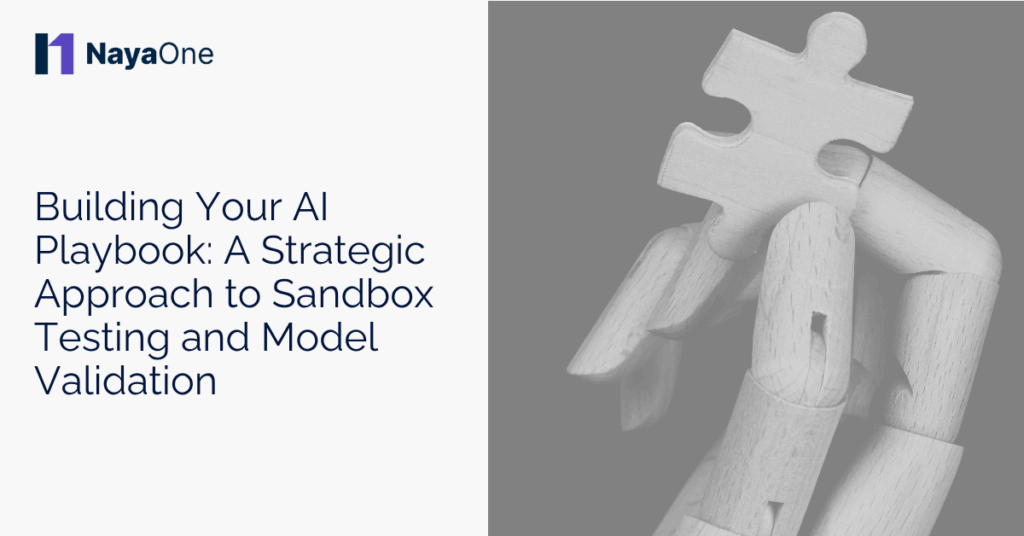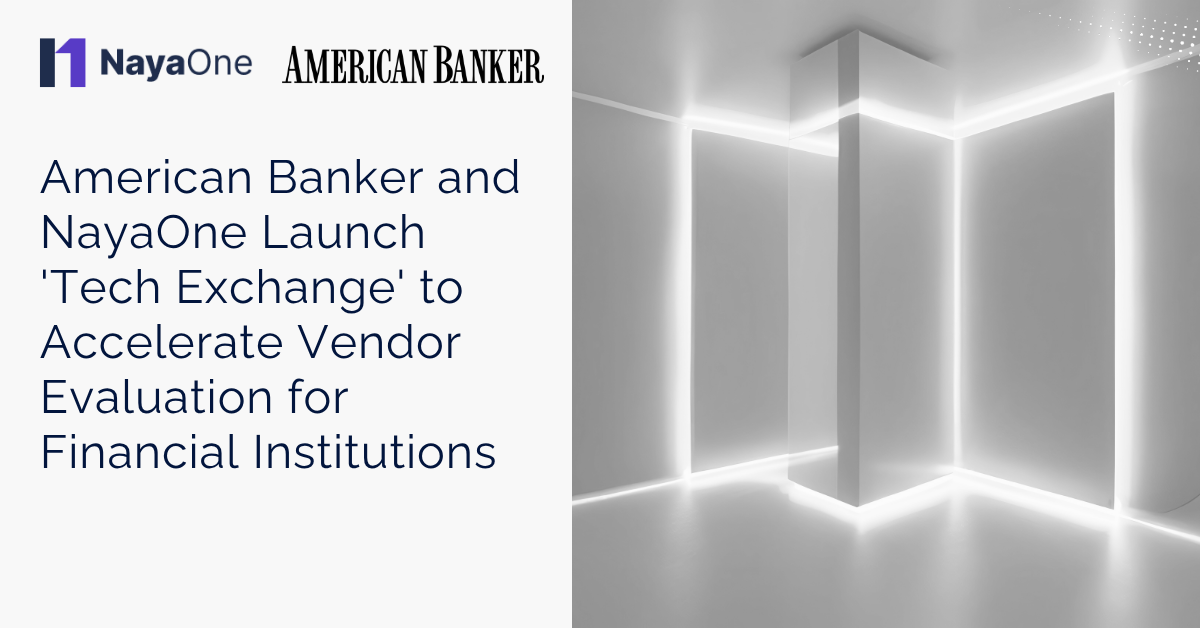Why execution - not intention - will define your organisation’s AI maturity in 2025
As enterprise adoption of AI systems accelerates – particularly in high-impact domains like customer service, fraud detection, and underwriting – the need for robust governance has moved from policy teams to the C-suite.
Yet across industries, we see the same pattern: strong declarations of commitment to “responsible AI” paired with limited infrastructure to make it operational.
To bridge this gap, the NIST AI Risk Management Framework (RMF) has emerged as a valuable blueprint. It offers clarity around the core functions of responsible AI delivery: Govern, Map, Measure, and Manage. But for many organisations, these remain abstract concepts – well understood by AI policy leaders, yet poorly embedded in day-to-day operations.
The challenge is not a lack of alignment. It’s a lack of execution.
What’s blocking progress?
In recent conversations with banking, insurance, and technology leaders, four recurring constraints stand out:
- Fragmented ownership: Innovation, data science, legal, and compliance teams often lack a common process or shared language for assessing AI risk.
- Testing in name only: Many enterprises rely on static model documentation or vendor-provided performance claims - without replicable testing conditions or internal benchmarks.
- No controlled environment: Secure, production-like test environments that allow for AI risk evaluation are rare, especially before a vendor is fully onboarded.
- Governance lag: Model validation processes are still catching up to the speed of AI experimentation, leading to reactive (rather than preventative) governance.
The result? High-potential models stall at the edge of implementation. And boards – rightly concerned about bias, explainability, and security – are left without defensible evidence.
Translating NIST AI Risk Management Framework into enterprise practice
The four NIST RMF functions are conceptually sound. But they require supporting infrastructure to have real impact.
| NIST Function | What it looks like in practice |
|---|---|
| Govern | Role-based approval workflows, risk ownership clarity, audit logs tied to model evaluation decisions. |
| Map | Standardised intake for new AI use cases, contextual risk assessments, vendor profiling. |
| Measure | Controlled tests for performance, fairness, robustness - using domain-relevant synthetic data. |
| Manage | Repeatable, documented PoC processes with scoring, reporting, and escalation paths for high-risk outcomes. |
Without these elements, enterprises risk treating the NIST RMF as a checkbox exercise – rather than a foundation for scalable, trusted AI adoption.
What leading enterprises are doing differently
Organisations that have made tangible progress in aligning with the NIST framework share three common traits:
1. Sandbox-to-governance integration
They’ve invested in secure testing environments where models can be evaluated under real-world conditions before vendor onboarding. These environments allow innovation teams to experiment – while giving compliance teams transparency and control.
2. Structured PoC frameworks
They treat proof-of-concept (PoC) exercises as formal governance events – not informal pilots. That means every PoC is scored, auditable, and tied to internal approval criteria aligned to NIST functions.
3. Synthetic data strategy
They use synthetic datasets to simulate edge cases, bias scenarios, and stress condition – without relying on sensitive customer data. This enables robust testing early in the evaluation process.
Enterprise use cases aligned to NIST AI Risk Management Framework
Across sectors, the application of the framework is gaining traction – particularly in areas with reputational and regulatory exposure:
- Contract AI tools are being tested on synthetic legal documents to assess clause extraction performance and hallucination risks before procurement.
- GenAI models in fraud ops are evaluated for false positives and adversarial robustness in sandboxed simulations.
- AI-powered credit decisioning models undergo explainability and fairness testing, with results logged and reviewed by model risk committees.
In each case, the NIST framework isn’t just a compliance checkbox – it’s a structure for aligning stakeholders and reducing downstream risk.
The board-level imperative
In the current regulatory climate, executives are expected to answer two questions with clarity:
- How does your organisation evaluate the risk of AI systems before adoption?
- How do you demonstrate that your AI governance processes are repeatable, defensible, and aligned with industry best practices?
Without a tangible implementation of frameworks like NIST AI RMF, the answer to both may be: we don’t yet.
That’s no longer acceptable – particularly for regulated enterprises facing scrutiny from supervisors, shareholders, and customers.
Moving forward: questions to ask internally
To assess your organisation’s readiness to operationalise the NIST AI RMF, consider the following:
- Do we have a secure environment to test AI models before onboarding or procurement?
- Are our PoCs structured, repeatable, and governed - or informal and inconsistent?
- Can we demonstrate that we’ve tested for bias, robustness, and security using representative data?
- Are stakeholders across risk, innovation, legal, and procurement aligned on how AI is evaluated?
Final thought
The NIST AI Risk Management Framework is not a box to tick. It’s a roadmap for building trust in enterprise AI.
But only if it moves from slideware to systems.
The enterprises that succeed in the next phase of AI adoption will be those that treat governance as infrastructure, not overhead – and that invest in the tools and environments to act on policy, not just publish it.
Want to evaluate AI solutions before risk, cost, or compliance become blockers?
Explore how NayaOne helps enterprise teams operationalise the NIST AI Risk Framework from the first PoC.





